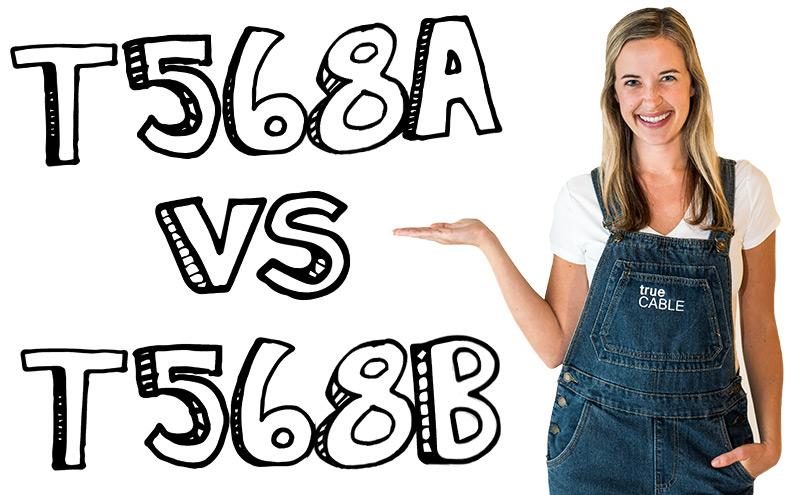Cohenra1979
New Around Here
Hi
I have a house with 8 ethernet ports connected via a switch. I have 400mb broadband but 2 ports only give 80mb, the rest are fine. I recently upgraded to this speed and have had endless or problems with disconnections. Virgin have replaced the line into my house and the box in the house (all v old) but I still have issues of disconnecting. They are now claiming that this could be due to my 2 ethernet ports being damaged as they are pulling less speed.. The switch is fine as I have tested each socket with my laptop. Can someone help as I don't know if Virgin are pulling one on me or I genuinely have an issue. Before I upgraded to this new speed I never had dropouts (although I never had tested the 2 dodgy ethernet ports before). Any help would be appreciated.
I have a house with 8 ethernet ports connected via a switch. I have 400mb broadband but 2 ports only give 80mb, the rest are fine. I recently upgraded to this speed and have had endless or problems with disconnections. Virgin have replaced the line into my house and the box in the house (all v old) but I still have issues of disconnecting. They are now claiming that this could be due to my 2 ethernet ports being damaged as they are pulling less speed.. The switch is fine as I have tested each socket with my laptop. Can someone help as I don't know if Virgin are pulling one on me or I genuinely have an issue. Before I upgraded to this new speed I never had dropouts (although I never had tested the 2 dodgy ethernet ports before). Any help would be appreciated.


